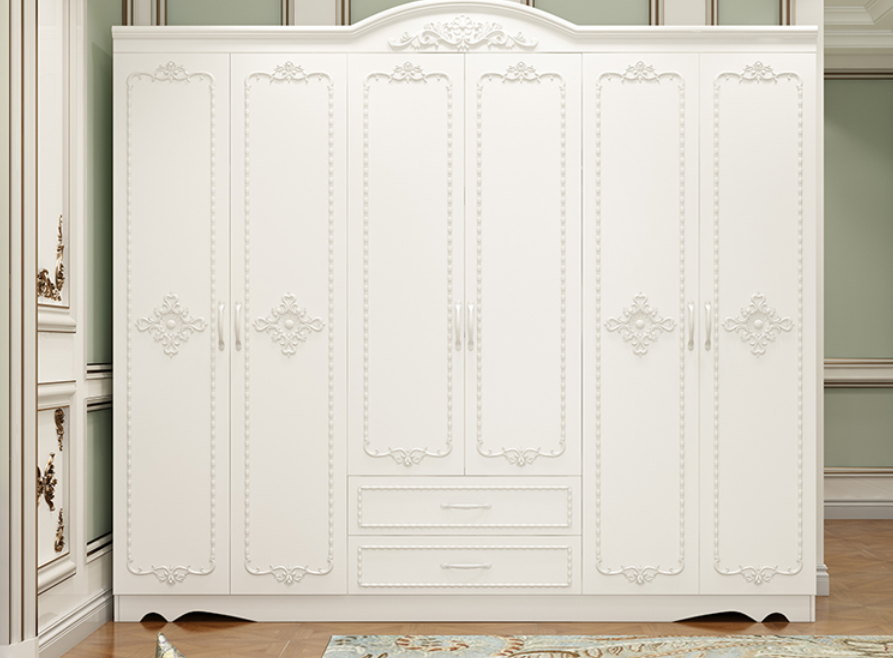
When it comes to home renovations, custom cabinets are one of the most significant investments you can make. They not only enhance the aesthetic appeal of your space but also provide invaluable storage solutions tailored to your needs. However, even the most meticulously planned projects can hit roadblocks when certain design mistakes are made. To help you avoid these costly errors, we’ve compiled a list of the top design mistakes people often make when installing custom cabinets.
One of the most common mistakes is focusing too heavily on the aesthetics of your cabinets and neglecting their functionality. Custom cabinets are not just for looks—they should serve a practical purpose. Ensure that your design addresses the storage needs and flow of your space. Consider how you use the room and what you need to store. For instance, kitchen cabinets should be designed to store not only dishes but also small appliances, cookware, and utensils. Make sure to incorporate features like pull-out shelves, deep drawers, and adjustable shelves to maximize efficiency.
Measurement mistakes are easy to make, but they can be disastrous when it comes to custom cabinetry. Poor measurements can lead to ill-fitting cabinets that won’t align properly or leave unsightly gaps. Always double-check your measurements before committing to a design. It’s crucial to measure the space for both the base and upper cabinets, taking into account the ceiling height, counter space, and potential obstructions like pipes or electrical outlets.
The layout and workflow of your space are essential for creating a functional environment. In kitchens and bathrooms, for example, the arrangement of cabinets should facilitate a smooth workflow. Consider the "work triangle" in kitchens, which refers to the ideal distance and arrangement between the sink, stove, and refrigerator. This principle helps minimize unnecessary movement and makes cooking more efficient. In bathrooms, the arrangement of cabinets should allow easy access to essential items while maintaining an organized look.
It’s easy to underestimate how much storage space you’ll need. Many people end up with too few cabinets or not enough compartments to store all of their items. When planning your custom cabinets, be sure to think beyond the basics. Include specialized storage for items like spices, cleaning supplies, or pantry goods. For example, incorporating pull-out pantry shelves or spice racks can help you make the most of every inch of available space.
The quality of materials used in your custom cabinets is crucial for both the appearance and longevity of your investment. Opting for low-quality materials might save you money upfront, but it can result in cabinets that wear out quickly, lose their finish, or develop issues over time. Choose durable, high-quality materials like solid wood, plywood, or MDF that are designed to withstand the wear and tear of everyday use. It’s also important to consider the finish, as it can impact both the look and maintenance of the cabinets.
Lighting is often an afterthought during cabinet design, but it’s crucial for both aesthetics and functionality. Without proper lighting, your cabinets could appear dark and uninviting, especially in deep corners or high cabinets. Consider installing under-cabinet lighting to illuminate your countertops or task areas. For upper cabinets, consider adding interior lighting to make it easier to see inside. Lighting is not only practical but can also enhance the overall ambiance of your space.
When designing custom cabinets, it's important to think about the future. Your needs may change over time, so it’s a good idea to design cabinets that are adaptable. For instance, you might want to plan for additional shelves or compartments that can be added later. If you're designing a kitchen, consider whether you'll be upgrading your appliances or adding new gadgets. You don’t want your custom cabinets to become obsolete when your lifestyle changes.
While custom cabinets offer the opportunity for unique designs, it’s important to strike a balance between style and practicality. Overly intricate or elaborate designs can become a maintenance nightmare. Highly detailed carvings or finishes may look impressive, but they can also collect dust and be difficult to clean. Opt for a design that complements your space and enhances its functionality without overwhelming it.
Custom cabinet design and installation require expertise, especially when it comes to ensuring accurate measurements, quality craftsmanship, and proper installation. While DIY enthusiasts may be tempted to handle the installation themselves, it’s generally best to work with a professional. A skilled installer can ensure that the cabinets are properly aligned, securely mounted, and functioning as intended. Additionally, a designer can help you avoid common design pitfalls and ensure that your cabinets suit your space and style perfectly.
Ultimately, investing in custom cabinets is an exciting and valuable decision, but to ensure that your investment pays off, it’s essential to avoid these common design mistakes. By focusing on the functionality of the space, ensuring precise measurements, considering both current and future needs, and enlisting professional help, you can create a beautiful, practical, and long-lasting cabinet design. Taking the time to plan carefully and balance style with function will not only elevate the aesthetic of your home but also make your space more efficient and enjoyable for years to come.
Contact: kathy lao
Phone: WeChat/whatsspp:+86-15014649610
Tel: +86-757-28917002 +86-15014649610
Email: kc@stuya127.com
Add: shop B127,sunlink kitchen cabinet linghting city,shunde district,ghungdong province china